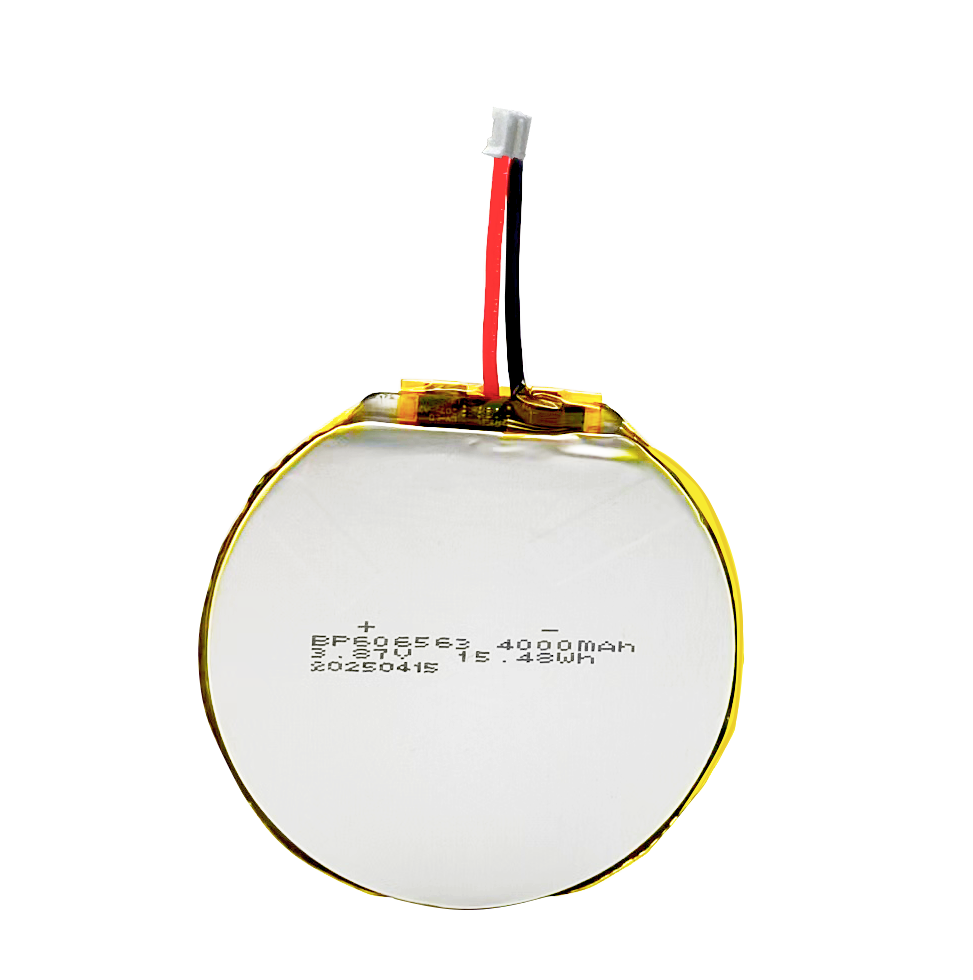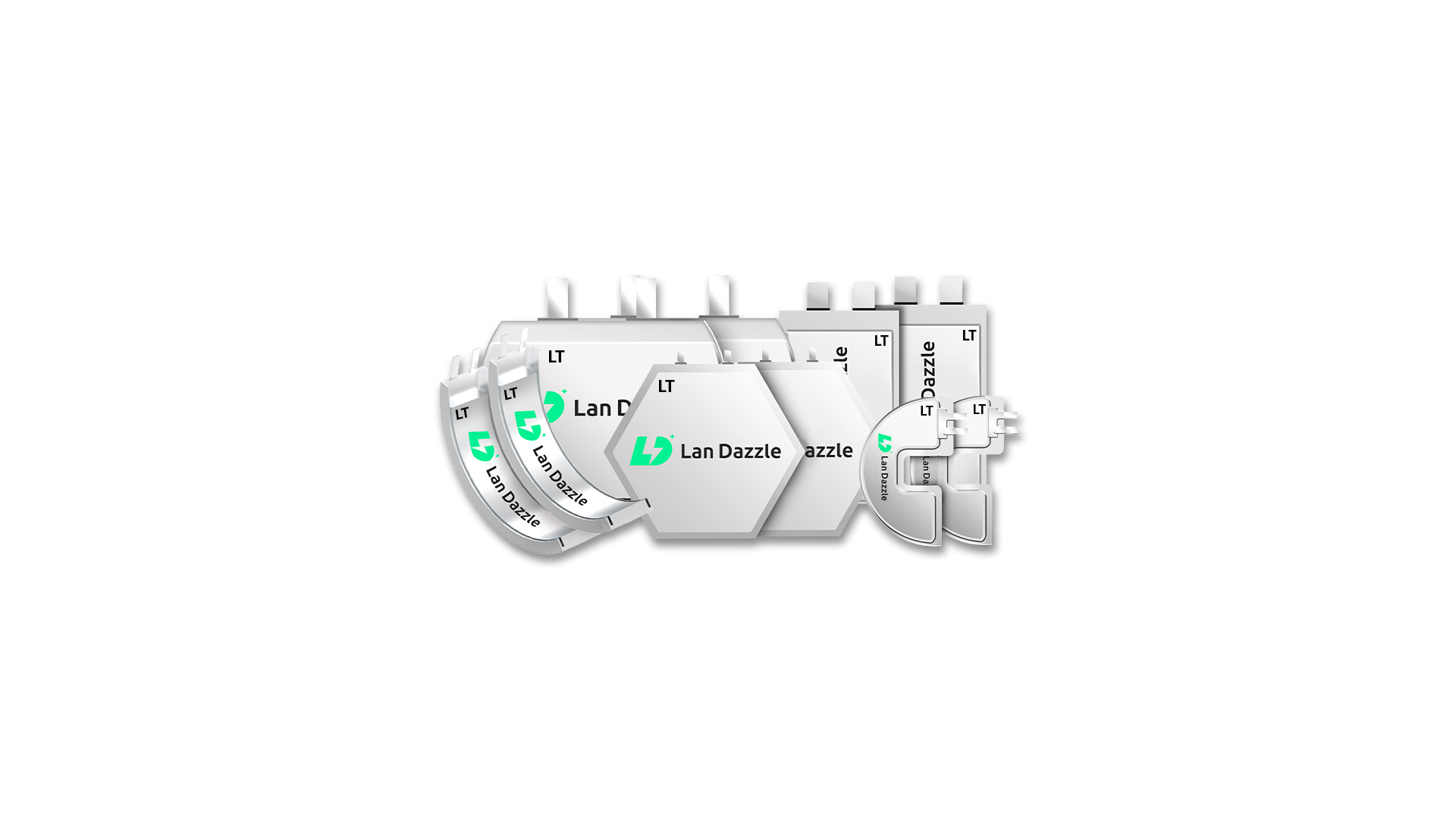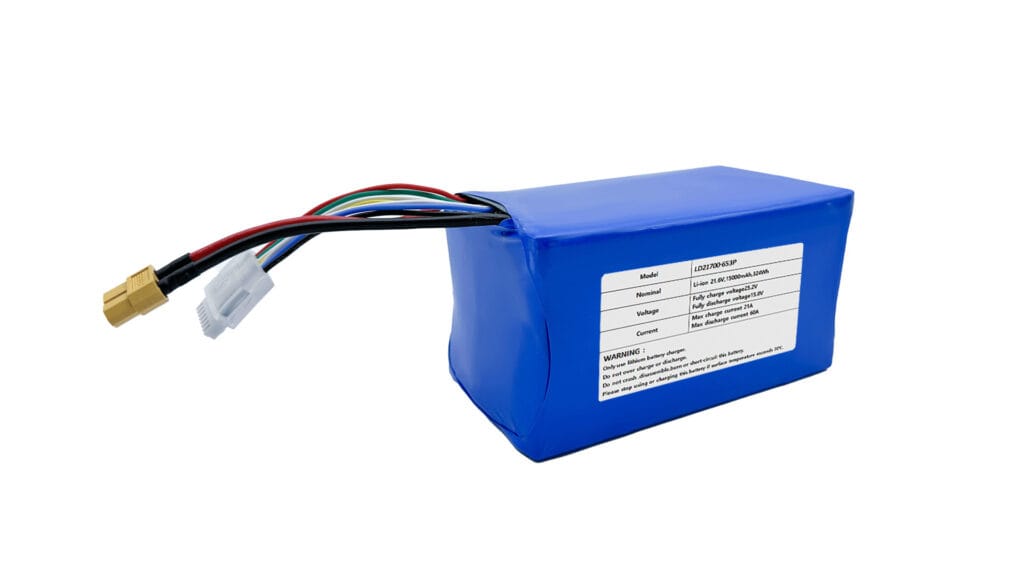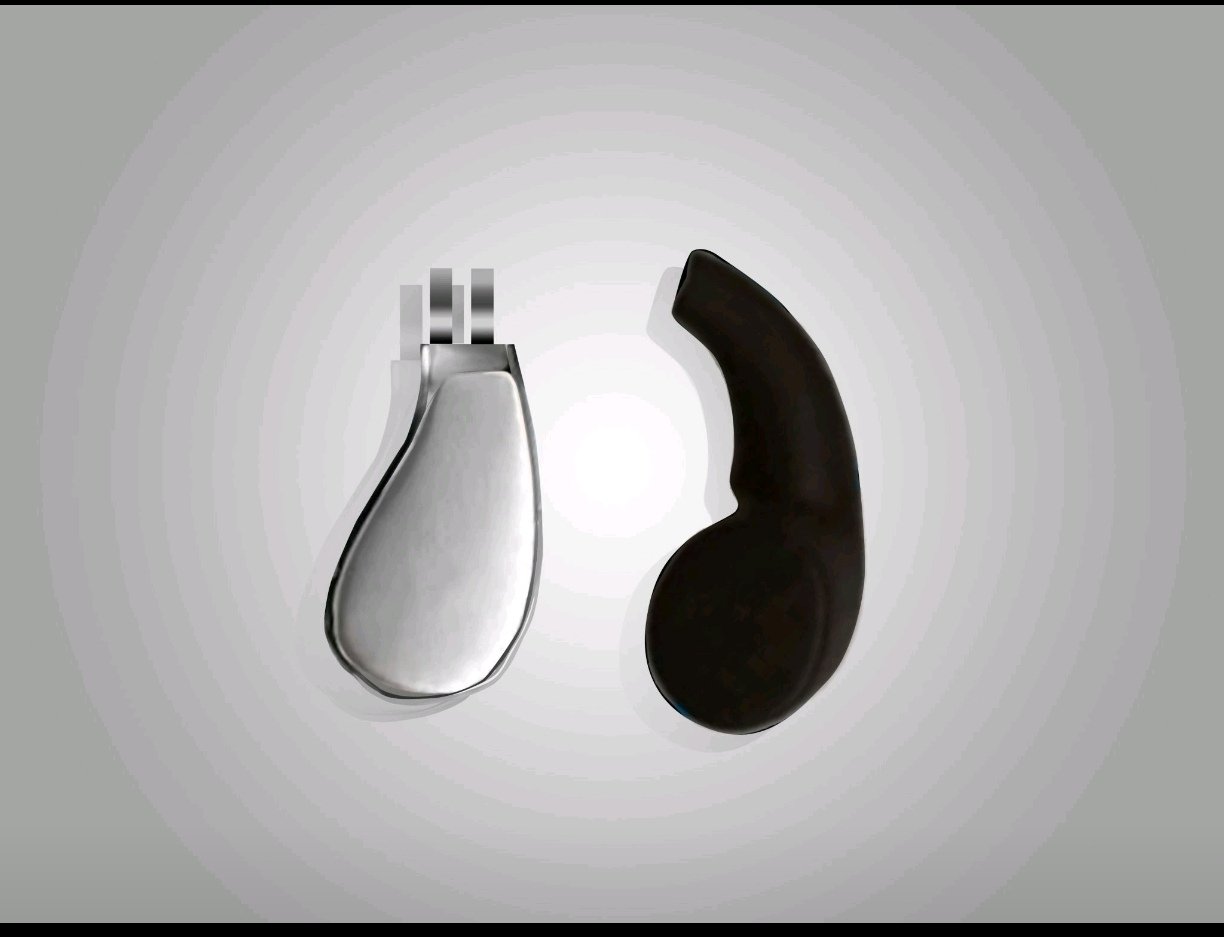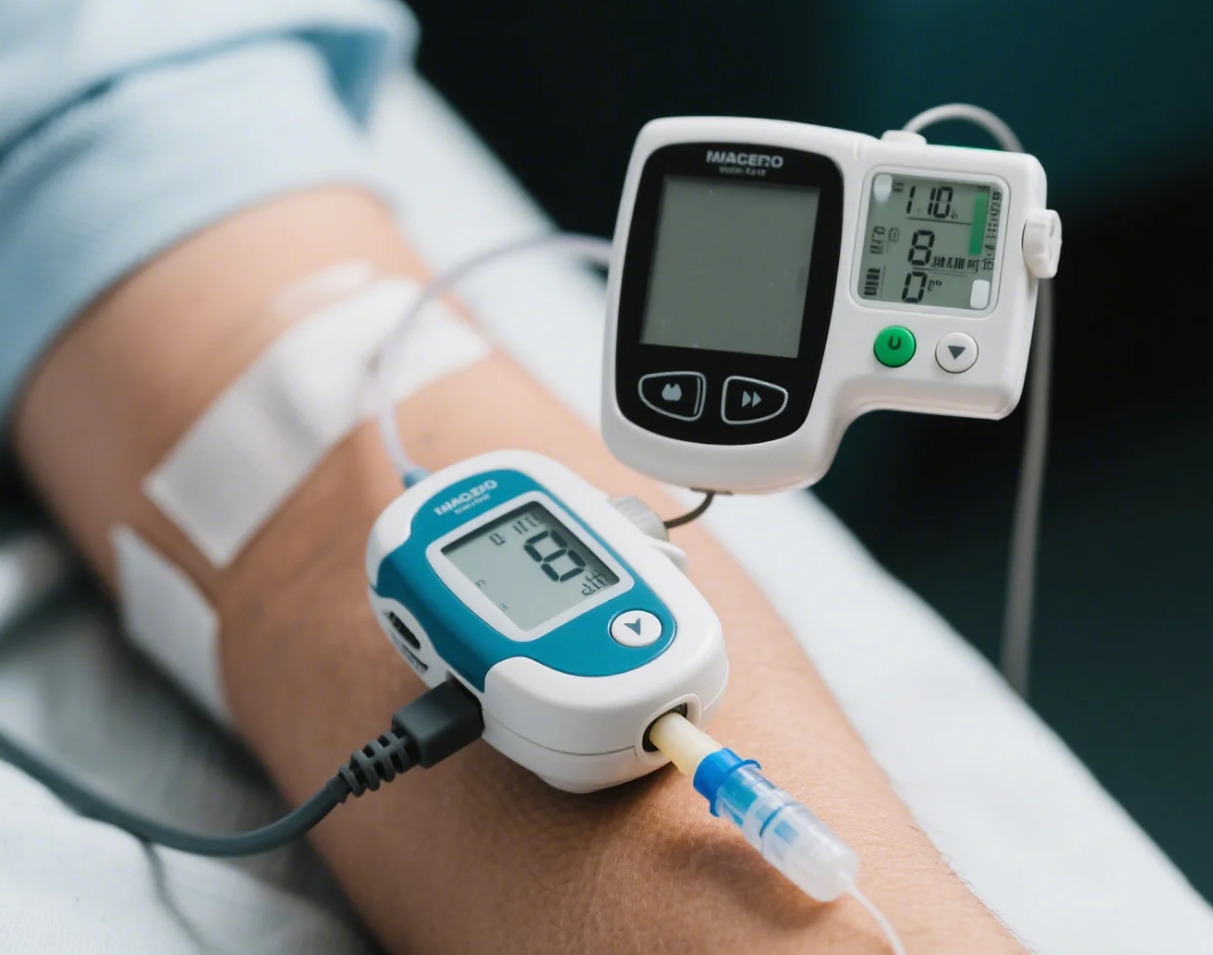In today’s connected world, the demand for more powerful, longer-lasting, and faster-charging batteries is growing rapidly. From smartphones to electric vehicles, battery technology drives innovation. While lithium-ion batteries have dominated for years, silicon carbon battery is emerging as a breakthrough. This guide covers everything you need to know about them.
什么是硅碳电池?
At its core, a silicon carbon battery is an advanced type of lithium-ion battery. To understand what makes it special, we first need to look at the basic components of a conventional lithium-ion battery: a cathode (the positive electrode), an anode (the negative electrode), an electrolyte (a medium for ions to travel through), and a separator (to prevent short circuits). During charging, lithium ions move from the cathode to the anode, where they are stored. When the battery is in use, these ions travel back to the cathode, releasing the stored energy.
In traditional lithium-ion batteries, the anode is typically made of graphite. While graphite has served us well, it has its limitations in terms of how many lithium ions it can hold. This is where the innovation of the silicon carbon battery comes into play. Instead of a graphite anode, it uses a sophisticated silicon-carbon composite.
What is Different about Silicon Carbon Battery
The star of the show is silicon. This abundant, environmentally friendly element has a remarkable ability to store a significantly higher number of lithium ions compared to graphite. To put it into perspective, the theoretical specific capacity of silicon is approximately 4200 milliampere-hours per gram (mAh/g), while graphite’s is a mere 372 mAh/g. This means a silicon anode can store over ten times more energy by weight.
However, using pure silicon as an anode presents a major challenge: it swells dramatically—by up to 300-400%—as it absorbs lithium ions during charging. This expansion and contraction can cause the anode to crack and crumble, leading to a rapid decline in the battery’s performance and lifespan. This is where the “carbon” part of the name becomes crucial. The silicon is ingeniously combined with a carbon material, creating a stable composite. The carbon acts as a flexible, conductive buffer, accommodating the expansion of the silicon and ensuring the structural integrity of the anode.
How Silicon Carbon Batteries Work
Silicon carbon batteries work like regular lithium-ion batteries: lithium ions move between the two sides (called the anode and cathode) to store and release energy.
Charging and Discharging
-
充电: Lithium ions move from the cathode to the anode. In silicon carbon batteries, the silicon in the anode absorbs these ions and stores energy.
-
放电: When you use the device, the ions flow back to the cathode, creating electricity to power your device.
Solving the Silicon Expansion Problem
Silicon can hold a lot of energy, but it swells too much when charging, which can damage the battery. To fix this, scientists use:
-
Tiny Silicon Particles (Nanostructures): These handle swelling better than solid silicon.
-
Carbon Support Structure: A sponge-like carbon frame holds the silicon and gives it room to expand safely.
-
Graphene Layers: Some batteries use graphene, a strong and flexible material, to keep the silicon stable.
Thanks to these smart designs, silicon carbon batteries can store more energy and still last a long time.
What are the Advantages of Silicon Carbon Batteries
The development of stable silicon carbon anodes has unlocked a range of benefits that are set to redefine our expectations of battery performance.
1. Higher Energy Density — More Power in Less Space
Silicon carbon batteries can store much more energy than regular lithium-ion batteries of the same size. This means phones that last longer and electric cars that drive farther. Some batteries already show 20–40% more energy.
2. Faster Charging
These batteries can charge much faster because lithium ions move more easily in silicon than in graphite. This opens the door to ultra-fast charging—for example, giving an EV a big range boost in just a few minutes.
3. Longer Battery Life
Older silicon batteries wore out quickly, but new designs solve this. The carbon structure protects the silicon, so the battery lasts through many more charge cycles.
4. Better Safety and Heat Control
The carbon also helps manage heat and keeps the battery stable. This reduces the risk of overheating or short circuits.
Take Our BP606563 High-Energy Silicon-Anode Battery as an Example
这 BP606563 exemplifies advanced silicon-carbon battery technology. Designed for demanding applications like AI educational robots, it delivers an impressive 4,000mAh capacity within a compact Φ65×6.0mm form factor.
Key Specifications & Advantages:
-
高能量密度: 778 Wh/L, enabling extended runtime in space-constrained devices.
-
Innovative Chemistry: Features a Silicon Carbon Anode 和 Semi-Solid design, enhancing capacity while maintaining structural stability.
-
Robust & Safe: Utilizes Lamination technology for improved durability and High Safety performance.
-
Optimized Weight: Just 47g, critical for portable and weight-sensitive applications.
-
Stable Output: Nominal voltage of 3.87V with a maximum continuous discharge rate of 1.2C.
Ideal for next-generation electronics where energy density, safety, and compact design are paramount.
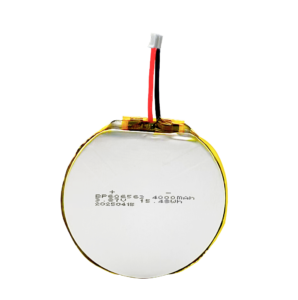
What are the Disadvantages of Silicon Carbon Battery
1. Volume Expansion
Silicon expands a lot when it stores lithium—up to 300%. This expansion can damage the battery if not carefully managed. Although new designs help, it’s still a challenge for long-term stability.
2. Higher Cost
Silicon carbon batteries are more expensive to produce than traditional lithium-ion batteries. The advanced materials and manufacturing processes add to the cost, which can make them less affordable for some products—at least for now.
3. Complex Manufacturing
Making these batteries requires more advanced techniques, like creating nanoscale silicon particles or combining them with graphene or porous carbon. This adds complexity and may limit large-scale production in the short term.
4. Still Maturing
Although promising, the technology is still being refined. Some versions may not yet match the cycle life or consistency of the best commercial lithium-ion batteries.
What are the Applications of Silicon Carbon Battery?
1. Smartphones and Wearable Devices
With their higher energy density and smaller size, silicon carbon batteries are ideal for smartphones, smartwatches, smart glasses, and other compact electronics that need long-lasting power without adding bulk.
2. Electric Vehicles (EVs)
One of the most exciting uses is in electric cars. These batteries can extend driving range and reduce charging time, helping EVs become more convenient and practical for everyday use.
3. Drones and Robotics
Drones and robots need lightweight batteries with high power. Silicon carbon batteries provide the energy needed for longer flights or extended operation times without increasing the weight.
4. Medical Devices
In devices like hearing aids, portable monitors, and implantables, size and reliability are critical. The compact size and long life of silicon carbon batteries make them a good fit for medical technology.
5. Aerospace and Defense
In high-performance applications where every gram matters, such as satellites, aircraft, and defense equipment, silicon carbon batteries offer powerful energy in a lightweight form.
6. Power Tools and Industrial Equipment
For cordless tools and machines, these batteries offer longer run times and faster charging—ideal for professionals who need reliable, high-performance energy solutions.
Is Silicon Carbon Battery Better Than Lithium?
| 特点 | Silicon Carbon Battery | Conventional Lithium-Ion Battery (typically graphite anode) |
|---|---|---|
| Anode Material | Silicon + carbon blend | 石墨 |
| 能量密度 | 更高 (up to 30–40% more) | 较低 |
| Charge Speed | Faster potential (if managed well) | 中度 |
| 周期寿命 | Improving, but can be shorter without proper engineering | Typically longer and more stable |
| 容量扩展 | High (~300%) – needs special design | Low (~10%) – easier to manage |
| 费用 | Currently higher | More mature, 降低成本 |
| Commercial Use | Growing in high-performance devices (e.g. wearables, EVs) | Widely used everywhe |
So, Is Silicon Carbon Better?
Yes, in many performance aspects:
-
Higher energy density → longer battery life or smaller size
-
Faster charging potential
-
Ideal for compact, power-hungry devices (e.g., smart glasses, wearables, EVs)
But, it’s not always better, because:
-
It’s more 值钱
-
耐用性 and cycle life can be challenging without good engineering
-
Still a newer technology → not as proven in mass-scale applications
Silicon carbon batteries are not “better” in all cases, but they outperform traditional lithium-ion batteries in:
-
能量密度
-
Miniaturization
-
High-performance use cases
They’re a next-generation lithium battery, and if your application demands more power in less space, they’re often the superior choice.
Is Silicon Carbon Battery Safe?
是的、 silicon carbon batteries can be safe, but—like all lithium-ion batteries—their safety depends heavily on design, materials, and system-level engineering.
1. Improved Structural Stability
The carbon part of the silicon-carbon anode provides a strong support structure. This helps reduce cracking and damage inside the battery, which lowers the risk of failure.
2. Better Heat Management
The carbon matrix can help control temperature and prevent overheating. This reduces the risk of 热失控 — a dangerous condition where a battery gets too hot and may catch fire or explode.
3. Reduced Internal Pressure
Modern designs with porous or nanostructured silicon allow the material to expand safely during charging, instead of building up dangerous pressure.
结论
The silicon carbon battery represents a pivotal moment in the evolution of energy storage. By cleverly harnessing the power of silicon while containing its inherent challenges, this technology offers a tangible path to a future with more powerful, longer-lasting, and more convenient devices. As they become more widespread, silicon carbon batteries will not only enhance our personal technology but also play a critical role in the global transition to a more sustainable, electrified future.
As silicon carbon battery technology continues to evolve, more industries are exploring how to harness its advantages—higher energy density, longer lifespan, and faster charging. However, every application has unique requirements when it comes to battery shape, capacity, voltage, and performance under extreme conditions.
在 兰炫我们专注于 custom lithium battery solutions, including advanced silicon carbon battery tailored for smart wearables, drones, robotics, medical devices, and beyond. Whether you need ultra-thin cells, curved battery designs, or high-capacity energy systems, our engineering team works closely with you from concept to production to ensure your battery fits perfectly—both physically and functionally.
Ready to build a custom battery for your next innovation?
联系我们 info@landazzle.com to learn more.
